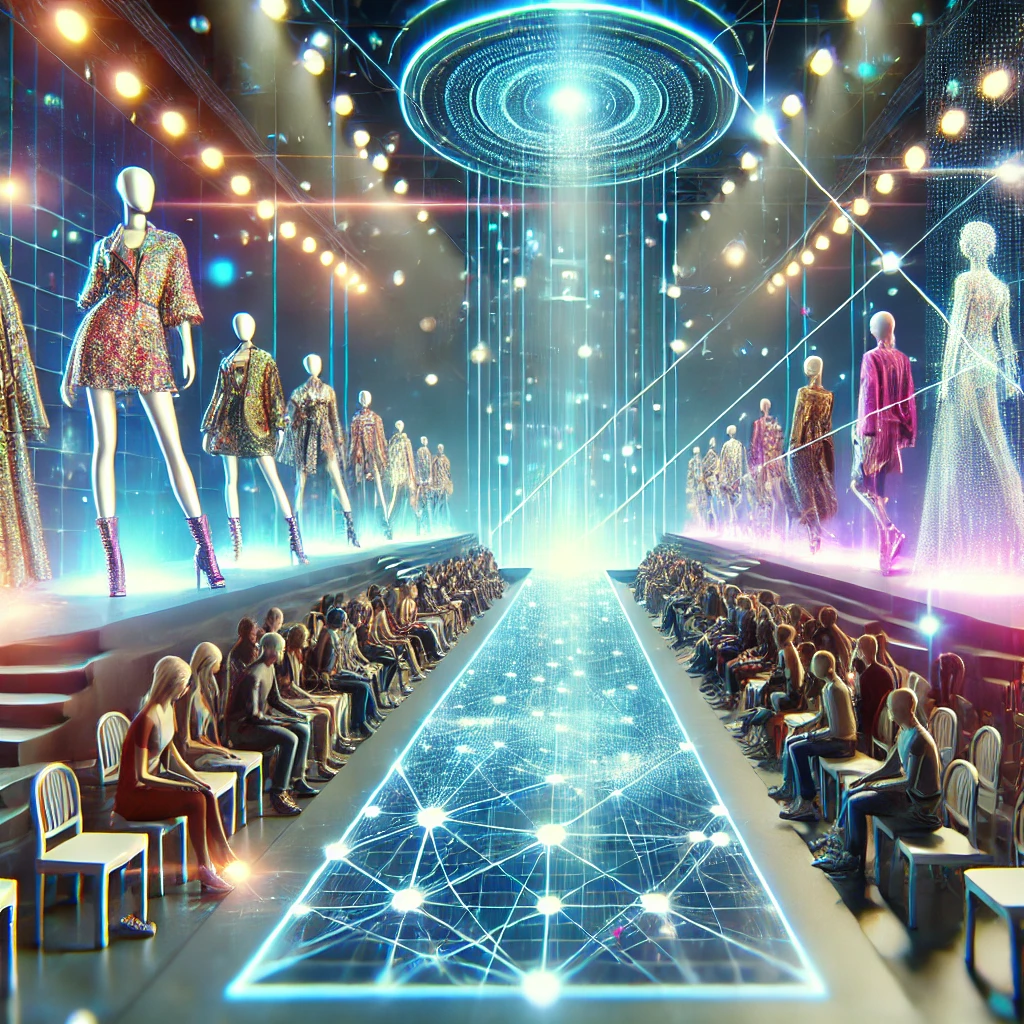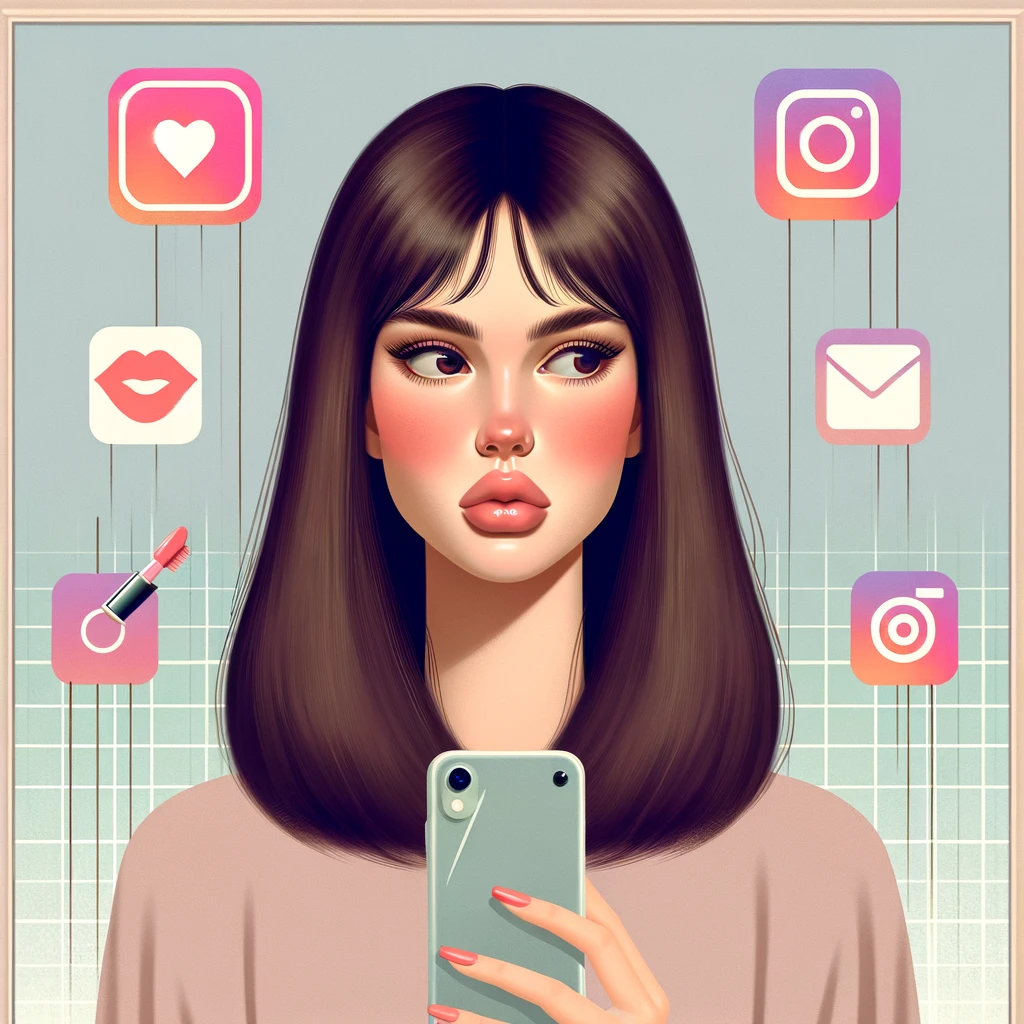The Future of Fashion? Understanding Digital Fashion Weeks
Fashion is changing more and more.
And it's not just on the catwalks that this happens.
We live in a time when technology is reshaping every industry.
With fashion, it's obvious that it couldn't be any other way.
Then a new phenomenon emerges: Digital Fashion Weeks.
100% virtual fashion weeks that are revolutionizing the way style is presented to the world.
But what exactly are these digital fashion weeks?
How do they work?
And what impact does all this have on the future of the fashion industry?
Get ready for a journey that combines fashion, technology and the future, check out this new trend that is innovating the entire world.
The evolution of fashion weeks: from in-person to virtual
Fashion weeks have always been grand, luxurious and interesting events.
New York, Paris, London and Milan became stages where the creativity of designers came to life before the watchful eyes of the press, celebrities and buyers.
But all of that changed drastically starting in 2020.
With the global pandemic, in-person parades became unfeasible, all due to social isolation as a way to contain the disease and save lives.
So the fashion industry had to reinvent itself in the face of this adversity.
And the answer then came through technology.
Fashion shows have been adapted to the digital environment.
Over time, they have not only been digitized, but have taken on a life of their own as virtual, interactive and immersive experiences.
Digital Fashion Weeks were born there.
What are Digital Fashion Weeks?
Digital Fashion Weeks are fashion weeks held entirely in a virtual environment.
They go far beyond live broadcasts of traditional parades.
They include elements such as:
- Virtual models (avatars)
- 3D environments
- Augmented Reality (AR) and Virtual Reality (VR)
- Real-time interaction with the public
- Digital Clothing NFTs
This new format allows brands to showcase their collections in a more accessible, interactive and scalable way.
The audience stops being just spectators and becomes part of the experience.
Events that are leading the movement
Several traditional fashion weeks have adopted digital formats in recent years.
But some of them were pioneers and then stood out:
- Metaverse Fashion Week (MVFW): held in Decentraland, with 100% parades in the metaverse
- Digital London Fashion Week: combined broadcasts, live chats and immersive experiences
- Hanifa Virtual Show: 3D fashion show without models, where the clothes come to life on their own on the catwalk
These events show that fashion is always ready to be rethought.
And that the future is not just a repetition of the past in the digital environment.
It's a complete reinvention.
How do virtual fashion shows work?
The production process for a digital fashion show can vary greatly.
But some trends are common:
- 3D Modeling – Clothes are created digitally using software such as Clo3D or Marvelous Designer
- Avatars and virtual models – Digital figures simulate real models with impressive realism
- Virtual environments – Digital backdrops are designed exclusively for the show
- Interactivity – The public can interact, comment, react in real time
- Global streaming – Broadcasts take place on platforms such as YouTube, Twitch or in the metaverse itself
Everything is designed to offer a visually impactful, inclusive experience with the potential to go viral on the main networks.
The role of brands and designers
Visionary brands are leading this transformation.
Stella McCartney, Balenciaga, Dolce & Gabbana and Tommy Hilfiger are just some of the names that have invested in digital formats.
The motivation goes beyond the pandemic.
There is a desire to connect with a global, young and digitalized audience.
Furthermore, digital fashion allows:
- Sustainability: Less physical production = less environmental impact
- Creative Innovation: Freedom to create without physical limitations
- Democratization: Anyone can “watch” from anywhere
Fashion is becoming more inclusive, responsive and connected with new generations.
Fashion and the Metaverse: A New Frontier
One of the most exciting aspects of Digital Fashion Weeks is their integration with the metaverse.
In this new virtual universe, it is possible to:
- Buy digital clothing in NFT form
- Dress up avatars with exclusive collections
- Participate in events with augmented reality
- Create custom visual identities
Games like Fortnite and Roblox already sell virtual items with real value.
Brands are keeping an eye on this ecosystem.
Advantages and challenges of Digital Fashion Weeks
Advantages:
- Instant global reach
- Reduced production and logistics costs
- Sustainability and lower environmental impact
- Inclusion of new audiences and creators
Challenges:
- Technological barriers for audiences without access
- Adaptation of the traditional market
- Risks of superficiality and “passing hype”
- Dependence on digital platforms and social networks
It is still a model under construction.
But with enormous potential.
The impact on retail and fashion consumption
Digital Fashion Weeks are shaping new consumer behaviors:
- Fashion also becomes experience
- Digital clothing gains value as an expression of identity
- Brands need to adapt their language to virtual platforms
For consumers, this represents more interactivity and new ways of belonging.
For retail, a challenge: integrating the physical with the digital in a fluid and authentic way.
Conclusion: the future is now
Digital Fashion Weeks are not a passing trend.
They are part of a profound transformation in the way we think about fashion, consumption and experience.
Whoever understands this movement early can get ahead.
Whether as a brand, content creator or consumer.
👉 Want to stay up to date on digital fashion, NFTs and the metaverse? Explore our other articles and share this content!
Extra Chapter 1: The Role of Digital Fashion in Generation Z and Alpha
Generations Z and Alpha are digital natives.
They live a large part of their lives on social networks, gaming platforms and virtual environments.
For them, fashion is not just what you wear on your body — it's also what you wear on your avatar.
And that realization changes everything.
Digital clothing becomes a symbol of status, style and identity within platforms such as Fortnite, Zepeto and Roblox.
These young people understand and consume fashion in pixels.
Digital Fashion Weeks speak their language.
They are accessible, gamified, shareable.
Brands that want to survive in the next 10 years need to be present in these environments and learn how to communicate with this new audience.
Extra Chapter 2: How Brands Are Monetizing at Digital Fashion Weeks
In addition to exposure, Digital Fashion Weeks open new doors for monetization:
- Selling digital clothing as NFTs
- Exclusive “phygital” versions (physical + digital)
- Digital collectibles with planned scarcity
- Paid access to experiences or behind the scenes
In addition, there are collaborations with 3D artists, partnerships with platforms such as The Sandbox or Decentraland and influencer marketing with avatars.
Brands that explore this format early can stand out in a market that is still not very saturated — but with high growth potential.
Extra Chapter 3: Opportunities for Content Creators at Digital Fashion Weeks
The digital environment levels the playing field.
Independent creators gain space alongside giants and experienced ones.
Whether covering events, creating digital looks, designing interactive filters or producing exclusive collections for games, there is a universe of possibilities.
Platforms like TikTok, Twitch and Instagram serve as virtual and interactive showcases.
And 3D creation tools are increasingly accessible with improvements in technology.
For those who want to enter fashion without relying on a traditional degree or connections with the fashion circuit, Digital Fashion Weeks represent a new gateway.













